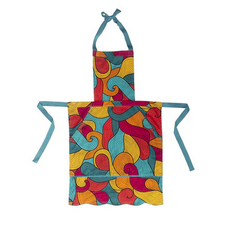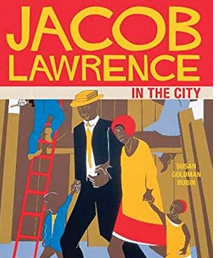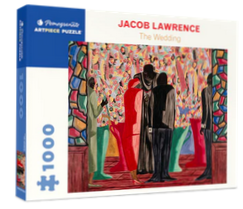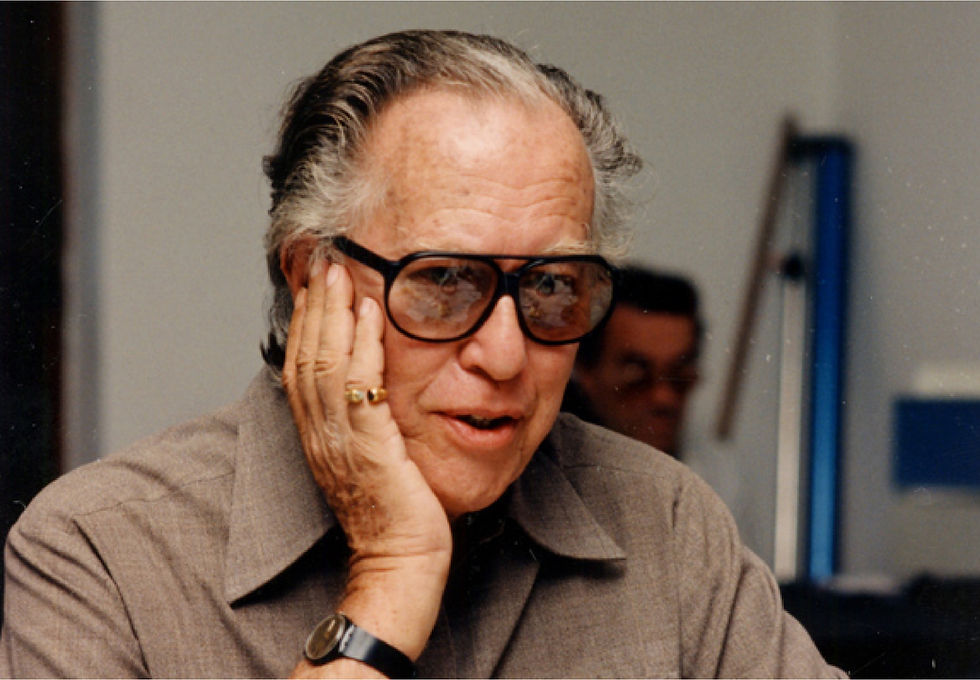Add Bates. Black. designer. performer. polymath.
- tipsy modernist
- Oct 25, 2022
- 3 min read
Updated: Feb 28, 2024

I first heard about designer Add Bates while attending a lecture by art historian Kristina Wilson about her fascinating book “Mid-Century Modernism and the American Body: Race, Gender, and the Politics of Power in Design”. The book deconstructs how modern design was consumed and used to reinforce white superiority in addition to how it was viewed and consumed by diverse audiences. In one chapter Wilson compares the difference in media coverage between Black mid-century modern designer Add Bates and white mid-century modern designer Charles Eames. Both men were industrial designers in the nineteen-fifties who were profiled by Ebony magazine and Life magazine respectively.

Add Bates had a studio in Harlem and mostly did custom furniture for middle class, Black consumers, many of whom were part of Harlem’s mid-twentieth century vibrant art scene. Bates originally intended on becoming an upholsterer but was denied entry into the upholsterer’s union due to its racial exclusion clause and so he became a dancer and actor in the WPA theater instead. From here he segued into set and stage design and eventually furniture design. It is likely that this is where he gained entrée into the influential artistic community that became an important source of clients. In the thirties and forties Add and his brother Leonard maintained a studio at 306 W. 141st street in Harlem which became an unofficial clubhouse for influential black artists and thinkers such Jacob Lawrence, Norman Lewis, Romare Beardon and Richard Wright. According to Kristina Wilson, it was Add Bates who gave painter Romare Bearden his first solo show.1

Unlike the Eames who only produced designs for mass-manufacture by Herman Miller, Bates produced mostly custom furniture. Although Bates preferred the clean lines of modern design, like many lesser known or marginalized designers, his financial success required him to design for his client’s tastes rather than his own.
“Custom -made furniture is more expensive than the factory-produced kind…but there are so many advantages to justify the price differential… A human being has individual needs in everything, furniture included. … The idea is to find out the tastes and needs of a person and build furniture to suit them.”2

It is clear from the photo of this coffee table that comfort was just as important as a modern aesthetic. Bates designed this coffee table with leather foot pads specifically for watching television. (Can someone reproduce this please?) Sadly, there are only these two images of his work but both pieces show elegant, streamlined furniture that can multi-task for a middle class consumer. Like many other Black designers, there is very little documentation of the work of Add and Leonard Bates, even though their studio was designing and producing furniture into the nineteen eighties for such luminaries as Ralph Ellison. With the exception of Jacob Lawrence's painting, all of the above images come from the Ebony article from 1951. Other than Ms. Wilson's essay, I have not been able to find any information on Add Bates furniture company or family. Was the company in his name? Why didn't it continue? Was there a manufacturer's mark on their furniture? We can see from the first image that he created drawings for his production; what happened to these drawings? One can only hope that more information will be discovered about this visionary designer in the future. Thirsty for More? Don't forget to check out the accompanying cocktail recipe for the Harlem Mule here.
In our shoppables section below I've highlighted two designers whose work continues in the mid-century modern vein of Add and Leonard Bates.
Alisandifer is a black-owned furniture company based in Detroit, whose elegant, mid-century modern furniture is reminiscent of the work of Add and Leonard Bates. You can click on the image below to go to their website. The third furniture images is from the company Harlem Built, a Harlem based wood working shop based in ...well the name says it all.
Shoppables !!!
Notes
1.Wilson,Kristina.Mid-Century Modernism and the American Body. Princeton University Press, Princeton 2021 pp.76
2. Ibid. pp.78


























Comments